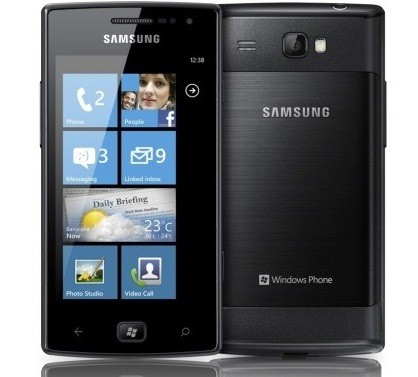Windows Phone Marketing To Cost $200 Million In The US Alone

Microsoft plans to spend $200 million promoting Windows Phone just to potential US customers in 2012, according to reports
Microsoft and its partners will pump around $200 million (£128m) for marketing Windows Phone handsets to US customers in 2012, according to Paul Thurrott’s Supersite for Windows.
“According to internal Microsoft documentation I’ve viewed, the total cost of this marketing tsunami is in the neighbourhood of $200 million,” he wrote in a posting. “And, again, that’s just for the United States.”
Paying for advantage
The initiatives will include paying incentives to retail workers to push Windows Phone as an alternative to either Apple’s iPhone or any of the Google Android devices flooding the marketplace.
 “The amount of payments are $10 to $15 (£6-£10) per handset sold, depending on the number sold, for some handset models,” Thurrott added.
“The amount of payments are $10 to $15 (£6-£10) per handset sold, depending on the number sold, for some handset models,” Thurrott added.
Windows Phone rumours have spiked ahead of next week’s Consumer Electronics Show in Las Vegas, where Microsoft is expected to reveal far more about its plans for the smartphone platform. In late December, the blog WMPoweruser posted a purported Windows Phone roadmap, but declined to name its source.
If taken at face value, that document suggests that Microsoft will follow up its recent Mango software update with additional versions aimed at the midmarket, business users and the higher-end “superphone” segment.
The second quarter of 2012, according to the roadmap, will see the arrival of an update, dubbed “Tango”, which will feature “products with the best prices”. This likely means Windows Phones aimed at the midmarket, with a possible stripped-down user interface to match the lower cost.
That will be followed in the fourth quarter of 2012 with “Apollo,” for which the roadmap offers three bullet points: “Increase overall volume”, along with competitive “superphones” and “business”. Based on that, one can infer that Microsoft intends the Windows Phone line to branch out yet again, targeting both the superphone (i.e., high spec) and business markets.
The “increase overall volume” bullet point could allude to Microsoft anticipating more Windows Phone units in users’ hands by the end of 2012, or else the hope that smartphones loaded with some sort of Apollo software update will kick off a higher volume of sales.
Despite the Microsoft brand name and phones from several manufacturers, Windows Phone failed to gain much traction with consumers in 2011. During his July 11 keynote speech at Microsoft’s Worldwide Partner Conference, CEO Steve Ballmer described Windows Phone’s market presence as “very small”.
To counteract that, Microsoft has signed agreements with Nokia and other manufacturers to build new devices and market them aggressively. But with its market share still tiny, Microsoft will need to make a considerable effort if it wants to truly challenge Google and Apple for smartphone supremacy. If Thurrott is correct, the cost for that effort in the United States will total $200 million.